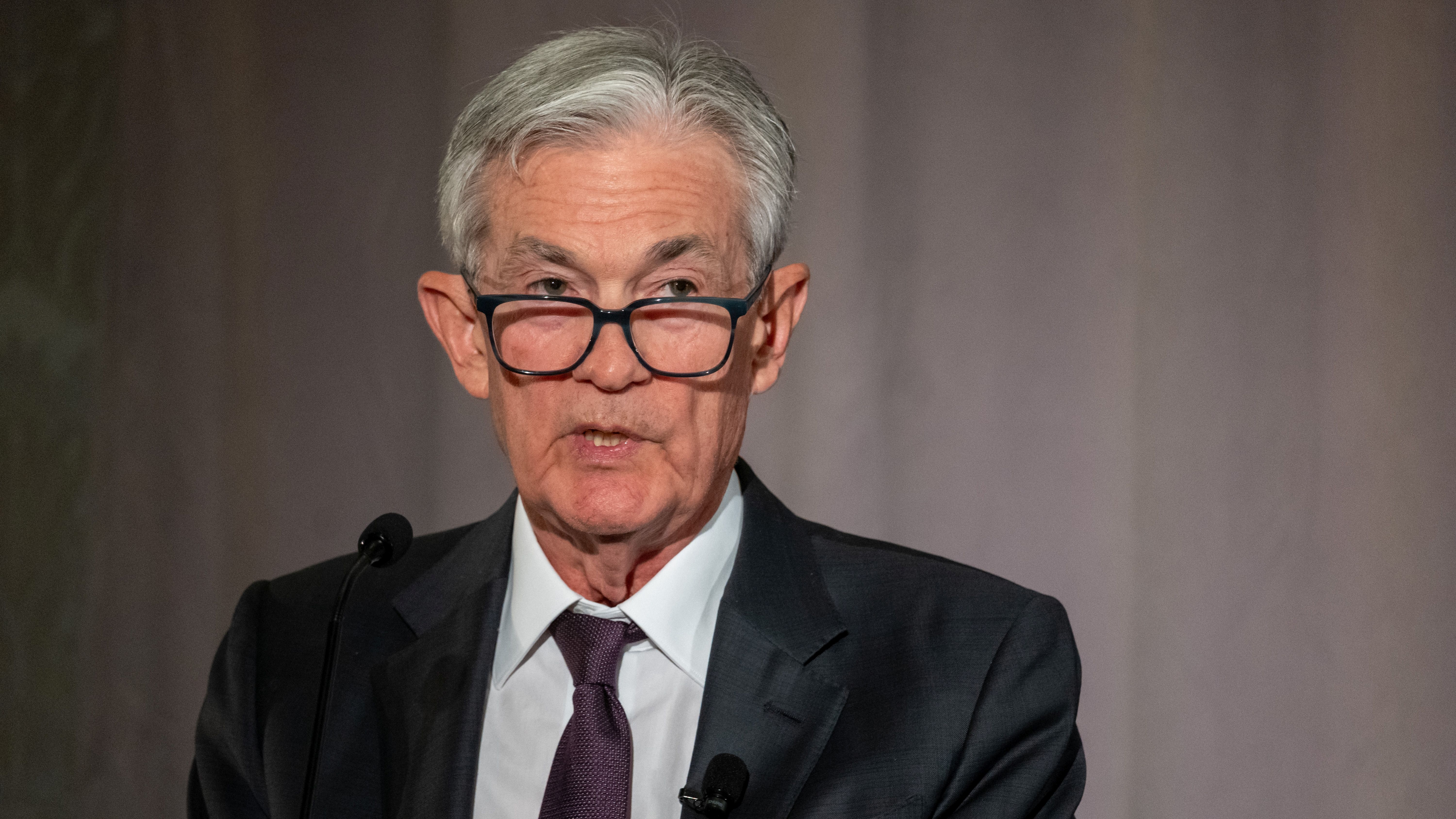Inflation Trends Show Signs of Decline Amid Tariff Uncertainty in the U.S.

WASHINGTON -- Recent economic reports suggest that inflation in the United States likely saw a decrease last month. Key factors contributing to this trend include reduced costs for energy, used vehicles, and hotel accommodations. However, looming tariffs imposed by President Donald Trump present a potential risk of rising prices in the near future.
According to economists' projections compiled by FactSet, the Labor Department is expected to announce on Thursday that consumer prices increased by approximately 2.6% in March compared to the previous year. This marks a decline from February's inflation rate of 2.8%. When excluding the typically volatile food and energy sectors, core prices are anticipated to have risen by 3%, a slight reduction from 3.1% in February.
The expected figures underscore a positive trend in inflation, suggesting that it may finally be beginning to cool after remaining persistently high throughout the fall and winter months. Notably, core inflation had plateaued at 3.3% for five consecutive months before experiencing a decline in February.
Despite this decrease, inflation remains above the 2% target set by the Federal Reserve, the central bank tasked with managing price stability in the economy. On a month-to-month basis, core prices are projected to rise by 0.3% in March. If this rate of increase continues, it could easily surpass the central bank's desired target. Overall, prices are expected to see a modest increase of just 0.1% in March, which is a figure that economists closely monitor as it offers a clearer indication of inflation trends moving forward.
The economic landscape has been complicated by President Trump's recent tariffs, which apply to imports from 60 nations. Initially anticipated to elevate inflation this year, Trump announced a temporary pause on these tariffs for 90 days, although a blanket tariff of 10% remains in effect. Additionally, significant tariffs of 25% are still imposed on steel, aluminum, cars, and various goods imported from Canada and Mexico.
Moreover, tariffs on Chinese imports have escalated to as high as 125% in response to China's retaliatory measures against earlier U.S. tariffs. The uncertainty surrounding these trade policies has left many companies in a state of apprehension regarding future costs and pricing strategies. President Trump has also indicated plans to implement duties on pharmaceutical imports, which could further impact consumer prices.
American consumers are likely to face price increases stemming from existing tariffs, particularly those affecting significant imports from China. The United States imports over $60 billion worth of iPhones and other mobile devices annually from China, alongside substantial quantities of clothing, footwear, and toys.
In light of the ongoing trade tensions, many U.S. companies are expected to explore shifting production out of China, a trend that began during Trumps initial term when import duties were first imposed. Nevertheless, China continues to be the United States' third-largest trading partner, and transitioning supply chains away from China will require time and may incur additional costs, potentially resulting in higher prices for U.S. consumers in the months to come.
Last week, Federal Reserve Chair Jerome Powell indicated that the central bank is likely to maintain its key interest rate at around 4.3% as it monitors the impact of Trump's trade policies on the economy. In a recent statement, Trump advocated for the Fed to consider cutting rates to stimulate growth.
Powell remarked, Theres a lot of waiting and seeing going on, including by us. And that just seems like the right thing to do in this period of uncertainty.






















